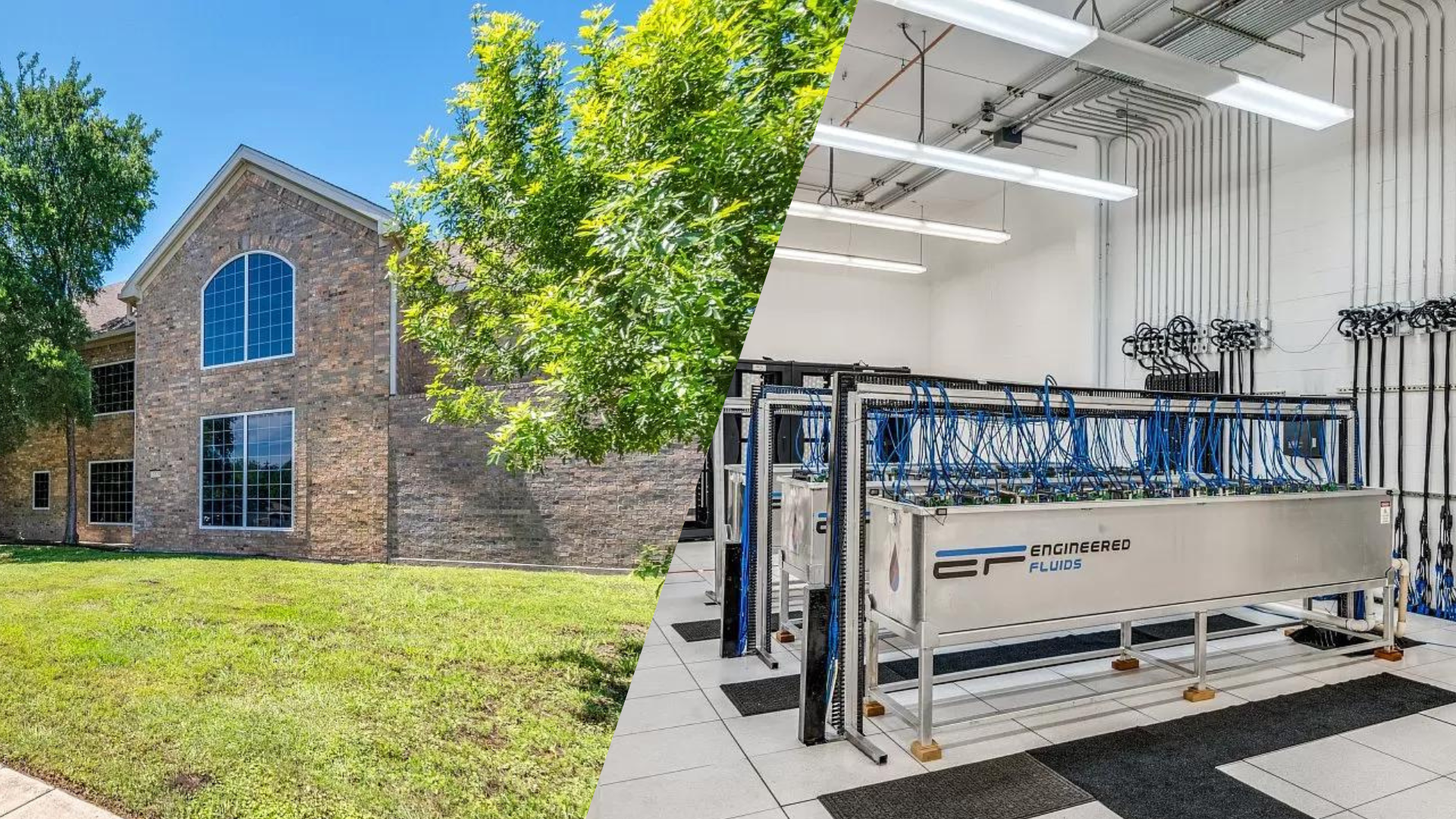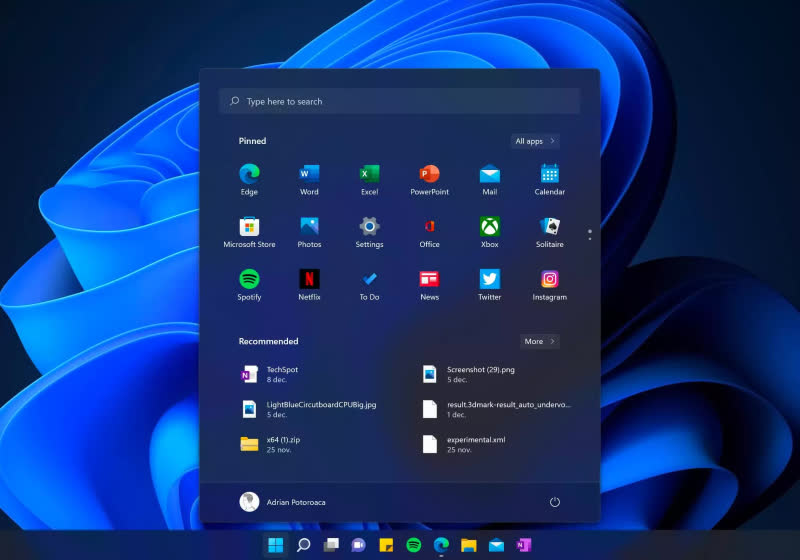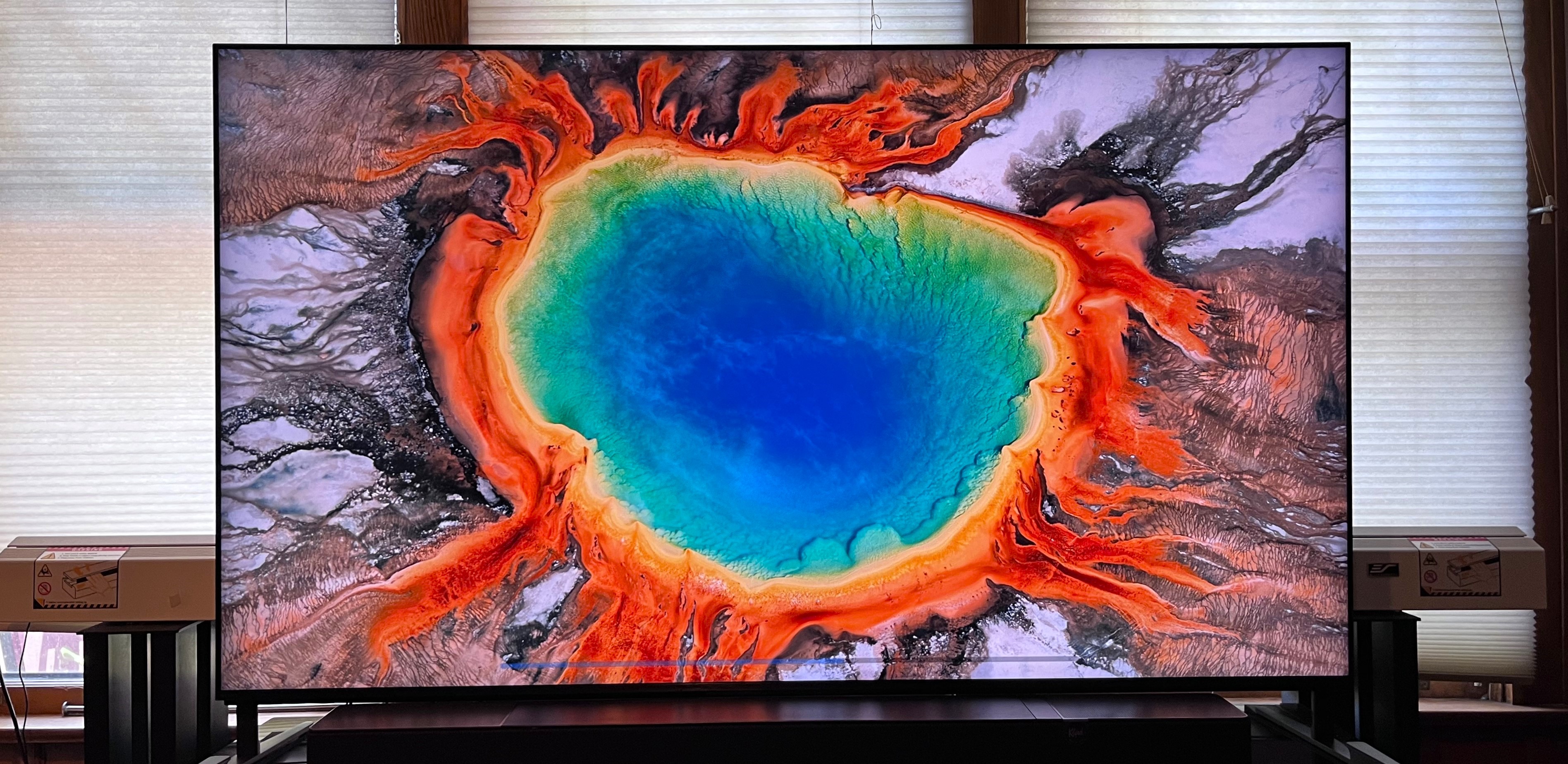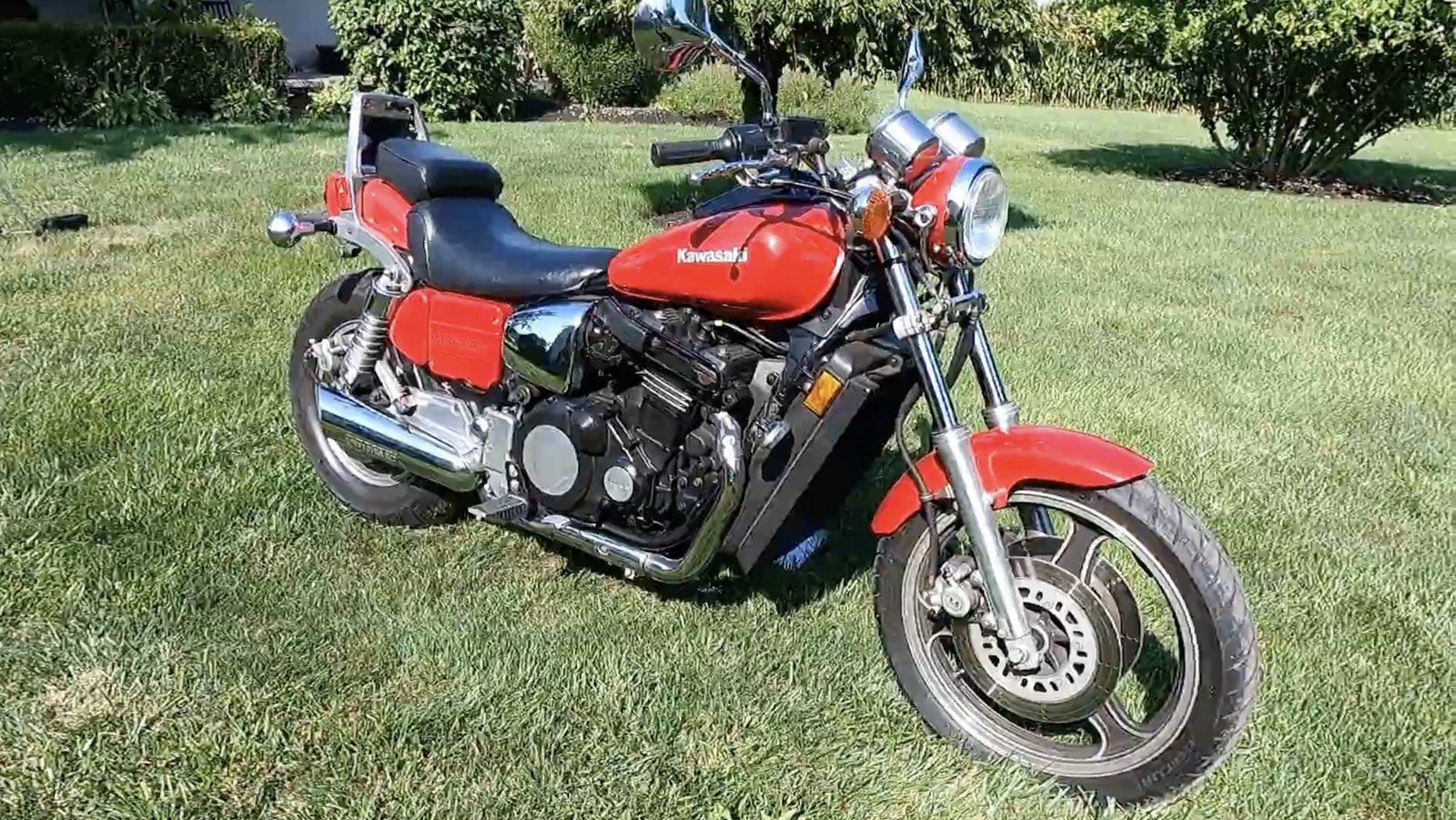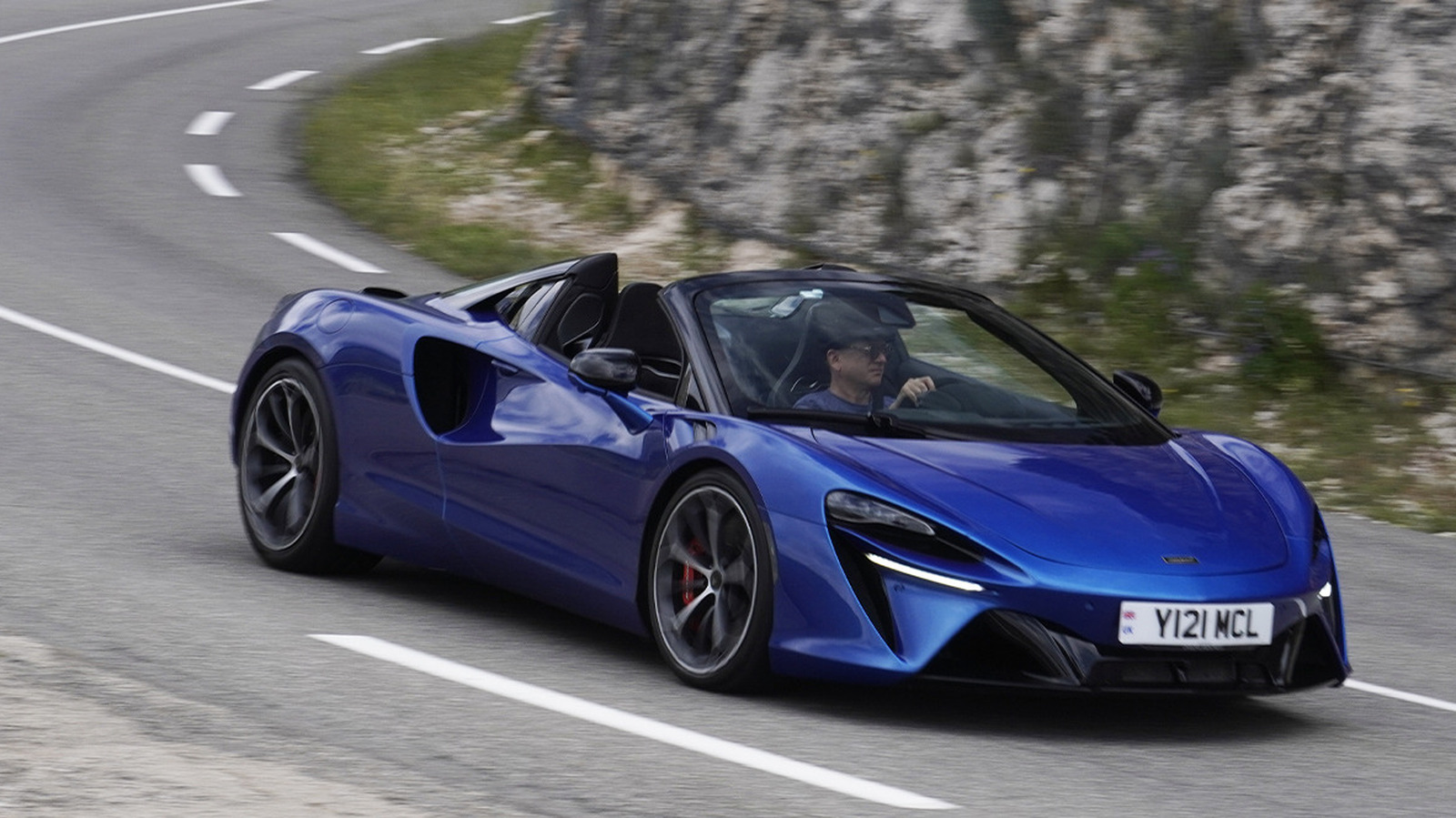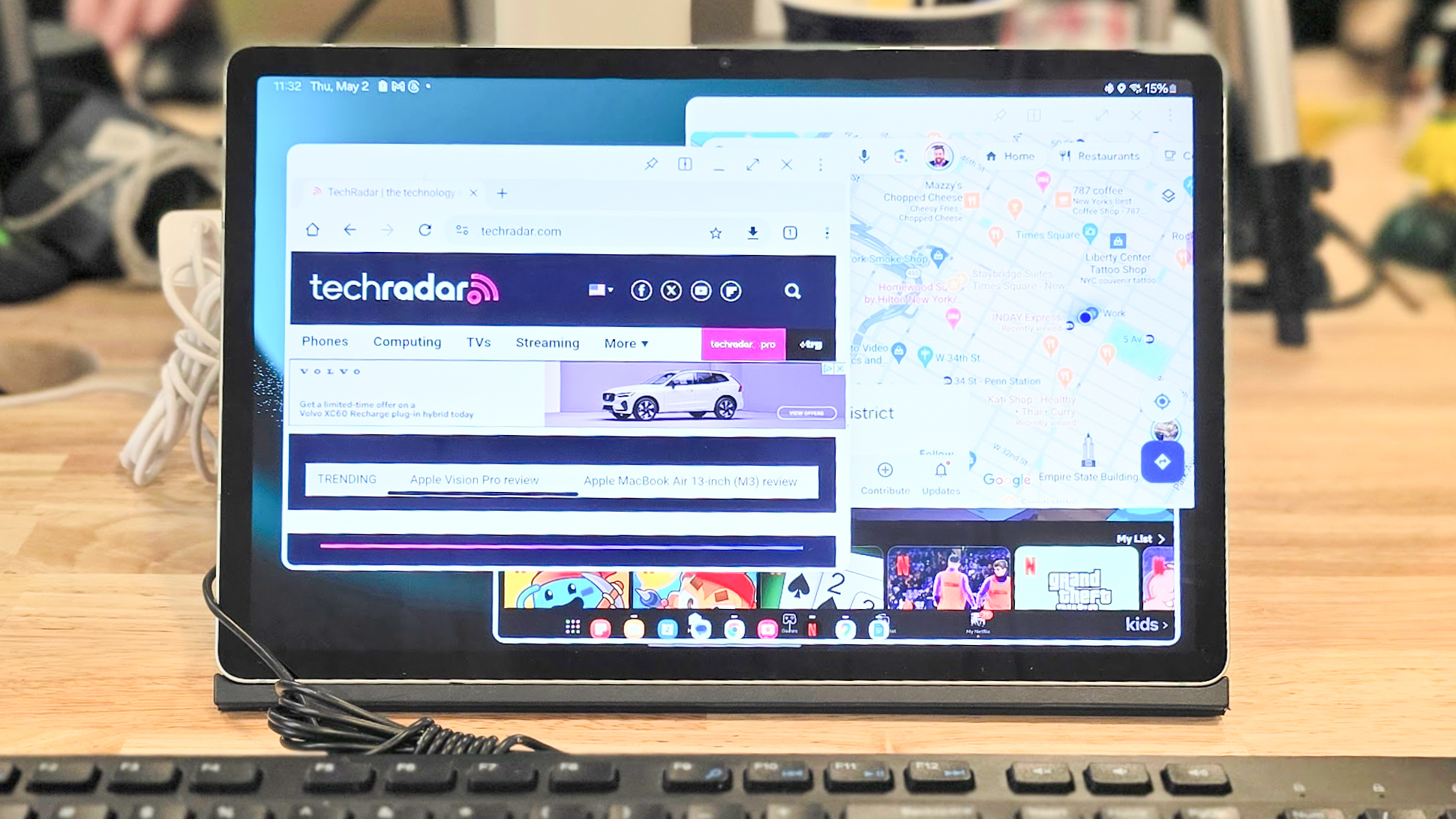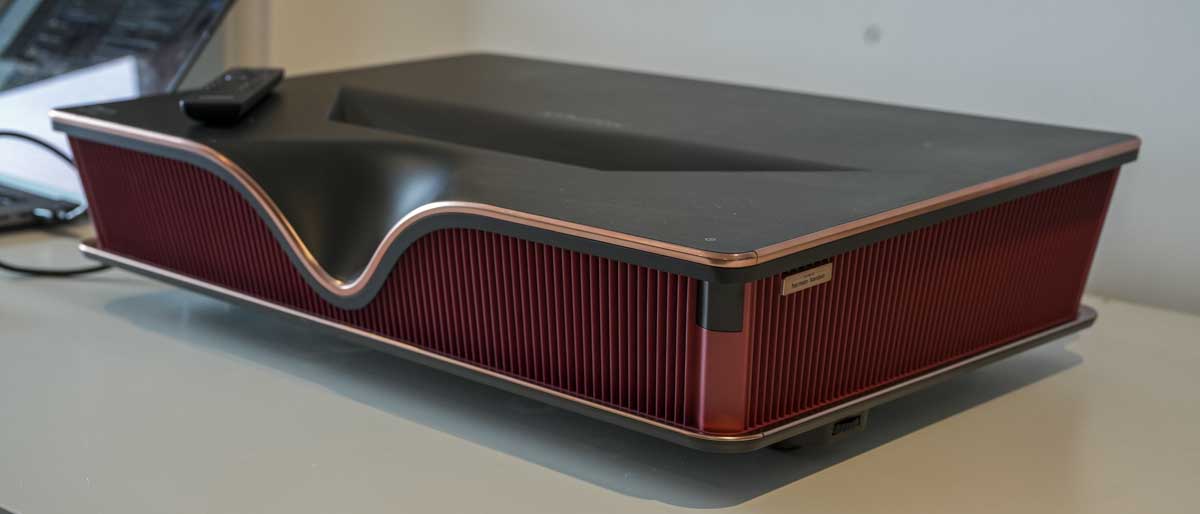GMKtec NucBox K9 review
The GMKTec NucBox K9 mini PC offers impressive performance and extensive expandability with its latest Intel CPU, making it ideal for office and creative tasks, and light gaming.
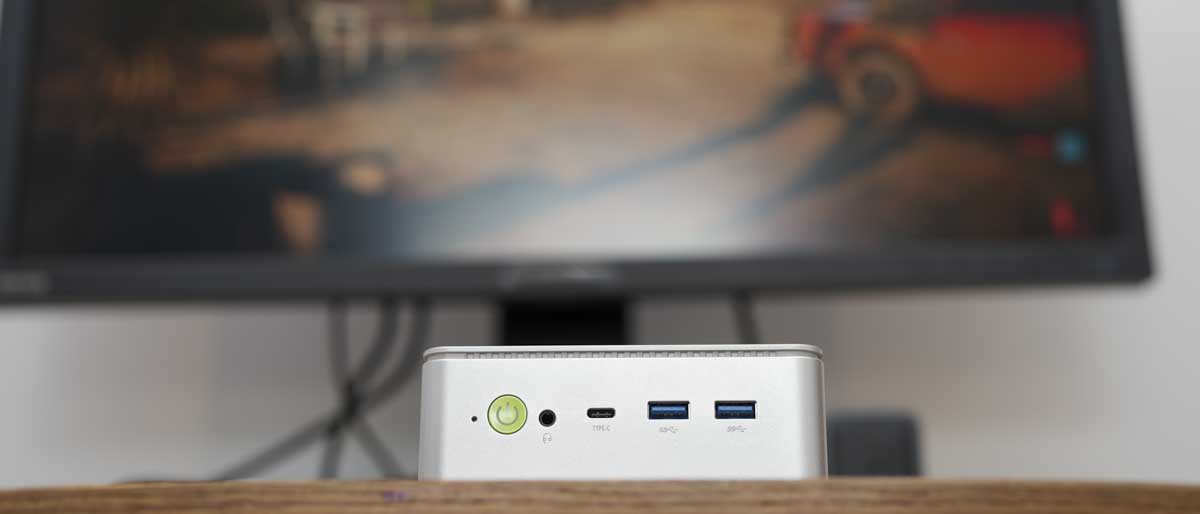
GMKTec NucBox K9: 30-second review
The GMKtec K9 mini PC targets users seeking the power of a desktop computer in a compact, portable form. Despite its small size, it boasts impressive processing and graphics capabilities.
If you're looking for the best mini PCs, this one is ideal for creative tasks such as video editing, photography, intensive office applications, and gaming. With the ability to expand internal storage and RAM far beyond most competitors, it's a versatile choice for various demanding uses.
One of the standout features of the K9 is its expandability. It includes dual LAN ports and a USB4 port, which allow for supercharging with an eGPU or additional large-format storage. However, it faces competition from the GMKtec K8, a nearly identical machine featuring the AMD Ryzen 7 8845HS (8 cores, 16 threads) and Radeon 780M. The K9 represents the Intel equivalent, mirroring the K8's design but powered by the Intel Core Ultra 5 125H CPU and Intel Arc Graphics.
The K9's build quality is decent, with a silver-coated plastic finish that feels slightly cheap, though the large cooling grates and button detailing add a touch of quality. The internal layout is similar to the K8, offering dual M.2 slots and dual-channel RAM for easy upgrades. The base configuration includes 1TB of storage and 32GB of RAM, but power users can upgrade to 4TB of internal SSD and 96GB of RAM.
Accessing the internal components for upgrades requires prying off the top plate and unscrewing the fan plate, a process that involves some pressure and leverage. Once inside, users can easily add or replace hardware components to enhance performance.
Thanks to the Intel Ultra 5 125H processor, the K9's performance in everyday use is impressive. Office applications run smoothly, and creative programs like Photoshop and Da Vinci Resolve benefit from the system's robust capabilities. However, like most Mini PCs, the K9 struggles slightly with gaming. While it performs well in reduced settings, it doesn't match the graphics power of dedicated desktop PCs.
When comparing the K9 with the K8, the choice boils down to the preference between Intel and AMD. The K8'sgraphics performance edges out slightly, while the K9 excels in processing speed. Both machines are highly powerful and capable, making either a solid choice depending on specific needs and brand loyalty. In summary, the GMKtec K9 is a powerful, expandable, and versatile Mini PC that holds its own in various demanding scenarios, making it a strong contender in the mini PC market.
Check out our GMKtec NucBox K8 review and GMKtec NucBox K6 review to see how the K9 compares.
GMKtec NucBox K9: Price and availability
- How much does it cost? From $800
- When is it out? Available now
- Where can you get it? Directly from GMKtec or Amazon.com
The K9 reviewed starts at $800 with 32GB of RAM and a 1TB HD with Windows 11 Pro pre-installed. Additionally, an Intel i7 13260H option with the same RAM and storage options is available for $100 less. In the UK, the Ultra 5 125H model is priced at £630, while the i7 model costs £551.
You can get it directly from the official GMKtec website by clicking here.
- Value: 4 / 5
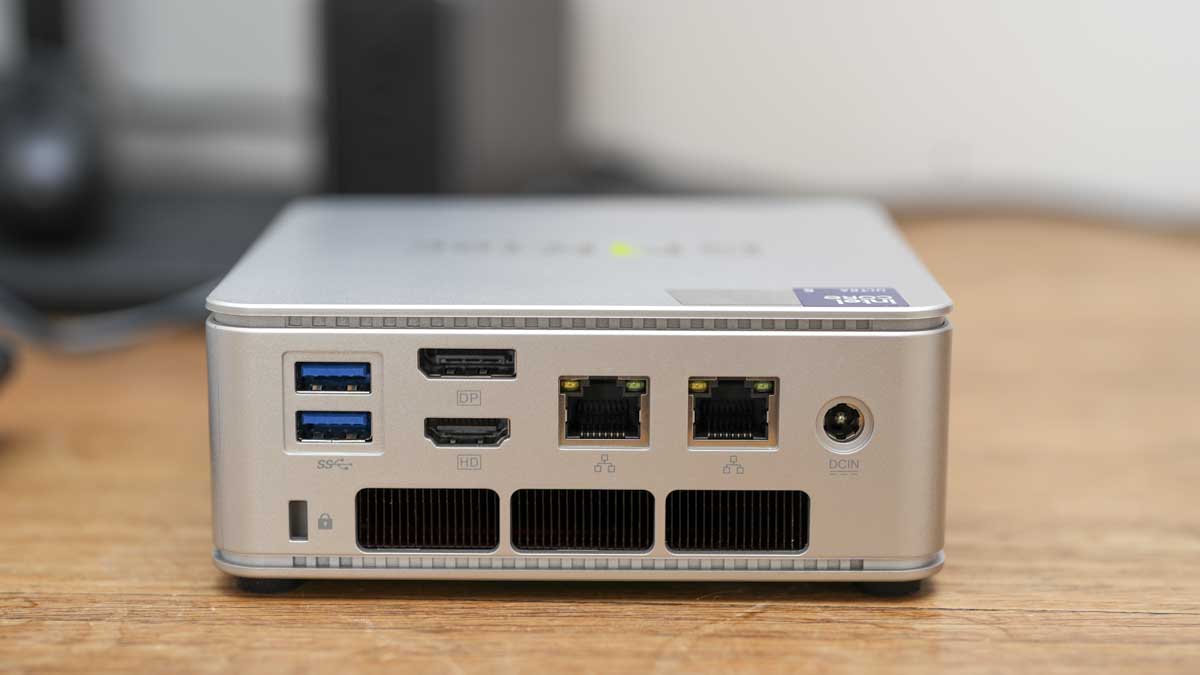
GMKtec NucBox K9: Specs
GMKtec NucBox K9: Design
There's no doubting the stylish aesthetics of the K9, which are identical to the K8. However, it suffers from the same design issues highlighted in the K8 review. While the design is pleasing, for a machine of this price, a higher specification metal casing would be expected rather than the metallic-finished plastic used. Nevertheless, the overall look and feel are pleasing, albeit slightly cheaper than some competitor models. The big difference between the two machines is the switch from the AMD chipset to Intel.
Access to the inner hardware is relatively straightforward. No tools are required to pry off the top plate, revealing the small cooling fan. The fan plate itself is held in place by four small screws. A slight skirmish is needed to lift this plate away, and the mainboard connector to the fan needs to be unplugged before clear access to the internal components can be properly reached.
Inside, the layout is spacious and neat, allowing plenty of airflow through the system with the two large grilled vents on either side. On one side are the two PCIe 4.0 M.2 slots and SODIMM DDR5 memory slots, which in our review sample featured two 16GB Crucial DDR5 5600 modules, giving a total of 32GB, upgradeable to 96GB—one of the largest capacities of any Mini PC. Opposite the RAM slots are the Dual M.2 slots, with one filled with a 1TB M.2 2280 PCIe 4.0 SSD, expandable to two 2TB modules. Under the RAM is the WiFi 6 (2.4GHz/5.0GHz) and Bluetooth 5.2 card, offering upgrade options for future compatibility.
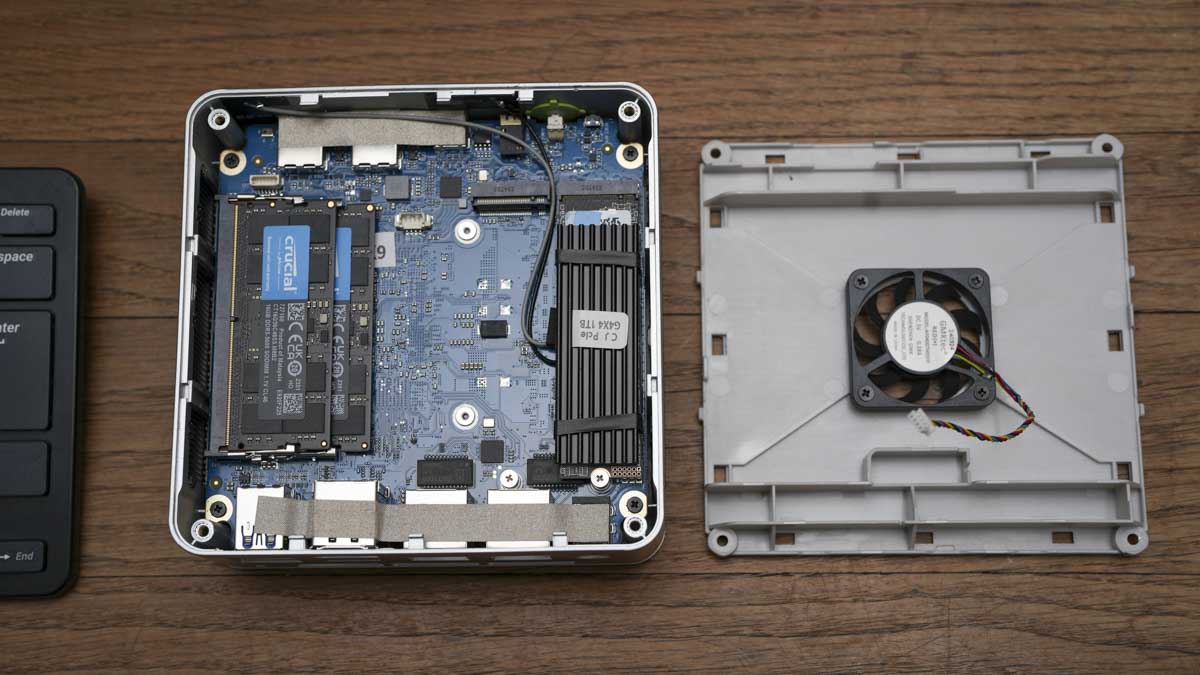
The usual array of ports is on the front and back of the machine. In a slightly odd move, the USB4 port is solely on the front alongside two USB 3.2 Gen 2 and a standard 3.5mm audio port. At the back are a DP v1.4 (4K@144Hz), HDMI 2.0 (4K@60Hz), two USB 3.2 Gen 2 (10Gbps), two RJ45 LAN (2.5Gbps), a Kensington lock, and the DC power socket.
The overall design is neat, but it does feel like the power of the chipset and potential of the machine are slightly underplayed, with only a single USB4 port on the front and a less-than-refined route into the machine for upgrades.
- Design: 4 / 5

GMKtec NucBox K9: Hardware
The GMKtec K9 Mini PC is designed for power users seeking a compact computing solution with future expandability both internally and through connected hardware. At its core is one of the latest Intel Core Ultra 5 125H processors, boasting 14 cores and 18 threads, capable of reaching up to 4.50 GHz.
Accompanying the CPU is the Intel Arc Graphics 112EU iGPU, built on the 10 nm process and based on the Meteor Lake GT1 graphics processor, supporting DirectX 12. This combination enables users to run demanding applications like video and image editing. Further enhancing the CPU and GPU capabilities is IIntel'sAI Boost technology, which uses both the CPU and GPU depending on the workload. This technology is compatible with OpenVINO, Windows ML, DirectML, and ONNX RT.
For power users, the K9 is equipped with 32GB of DDR5 dual-channel RAM running at 5600MHz, expandable up to 96GB using newly released 48GB RAM modules. The included 1TB M.2 2280 PCIe 4.0 SSD offers plenty of storage, with dual slot expansion allowing for a maximum of 4TB internal storage.
Connectivity is robust. The front has a USB4 port, which is Thunderbolt 4 compatible and enables a maximum transfer speed of 40 Gbps. Although the position on the front is slightly odd, it is still functional. Alongside the USB4 port, there are two more USB 3.2 Gen 2 ports on the front and another two on the back.
Networking options are plentiful, with dual 2.5Gbps LAN ports, WiFi 6, and Bluetooth 5.2. The ability to connect up to three displays is a great feature, with the USB4 port offering up to 8K@60Hz, plus DisplayPort and HDMI options. Again, the positioning of the USB4 port on the front rather than the back is slightly unusual.

- Features: 4 / 5
GMKtec NucBox K9: Performance
In setup, the GMKtec K9 is a neat machine that takes up a small amount of desktop space or, for the ultimate space-saving solution, can be VESA mounted. While the machine is well laid out for the most part, with plenty of space for cables and useful front-facing ports for quickly attaching drives and accessories, an additional USB4 port at the back would be a good boost to the connectivity performance.
Powering the machine on for the first time requires the usual Windows 11 Pro setup, which takes around five minutes before the full power of the machine can be explored. Starting out with the 1TB internal SSD instantly sets the pace for the machine, with CrystalDiskMark showing read speeds of 7036.31MB/s and write speeds of 6628.35MB/s. These high speeds ensure fast file transfers, especially for large video and 3D files, and also ensure the continued smooth running of the machine.
In GeekBench testing, the K9 achieves a single-core score of 10863 and a multi-core score of 2231. This high single-core performance is ideal for applications that rely on strong per-core processing power, such as Microsoft Office and Adobe Photoshop. Meanwhile, the respectable multi-core score highlights the ability to handle multi-threaded applications like Adobe Lightroom and DaVinci Resolve. When it came to video editing, a Samsung 8TB SSD was utilised to boost the storage and connected through the USB4 with great effect.
The K9 also performs well with the PCMark benchmark, scoring 6410. This score shows the machine's ability to handle multiple applications at once, allowing you to switch between digital content creation, office tasks, and some casual gaming.
CineBench results further show the strengths, with a single-core score of 1703 and a multi-core score of 12685. These scores highlight decent rendering capabilities, which are apparent when editing in DaVinci and bulk exporting from Lightroom.
The 3DMark Fire Strike and Time Spy benchmarks provide insight into the K9'sgraphic performance. The overall Fire Strike score of 6805, with specific scores of 7358 in graphics, 22141 in physics, and 2615 in combined tests, shows that while the K9 is capable of handling modern games at moderate settings, such as Cyberpunk 2077 and Red Dead Redemption 2. Similarly, in the Time Spy benchmark, the K9 scores 3271 overall, with 2945 in graphics and an impressive 8804 in CPU performance. These results show that the K9 can handle graphically intensive tasks and some gaming, which was certainly true in real-world tests.
The Wild Life benchmark score of 18016 supports the Mini PPC's capabilities for video editing and moderate gaming. When it comes to running Windows and associated applications, the Windows Experience Index score of 8.1 shows that this is a decent all-around machine for office and home use.
In real-world use, the K9 performs exceptionally well with a range of software. Microsoft Office applications run smoothly, enabling you to switch from one application to another with ease and no slowdown. Adobe Photoshop and Lightroom handle large files and complex edits without any significant lag, with selections and drawing tools working smoothly. Video editing in Blackmagic DaVinci Resolve is similarly impressive, with the K9 rendering timelines quickly and managing effects smoothly for 4K video. If you're looking to produce longer productions or complex edits, then boosting the internal storage and RAM would be a good idea.
Although not overly resource-intensive, 3D printing applications like Formlabs PreForm and Ultimaker Cura work exceptionally well, and laser-cutting software such as Lightburn runs smoothly. The machine connects to laser engravers with ease.
When it comes to gaming, the K9 delivers good performance with modern titles like Cyberpunk 2077 and Red Dead Redemption 2, albeit at reduced settings. At the same time, the K9 may not compete with the graphics power of dedicated gaming desktops, but it's good enough for occasional gaming fun.
The GMKtec K9 Mini PC is designed as a powerful and expandable Mini PC for the workplace or home office and excels in productivity and creative applications. The ease of expansion also means that it is relatively future-proof and should provide you with years of use. The benchmark scores and versatile performance make it a great choice for most office and creative applications, although the high-end gaming performance is more modest.
Overall, the K9 is a great choice for a wide range of uses, from general computing to creative projects and moderate gaming. When it comes to a side-by-side comparison with the AMD K8, the two machines are closely aligned. The K9 just has the edge when it comes to gaming and Microsoft Office, while the K8 pushes forward with creative tasks such as video, photography, and 3D.
- Performance: 4 / 5
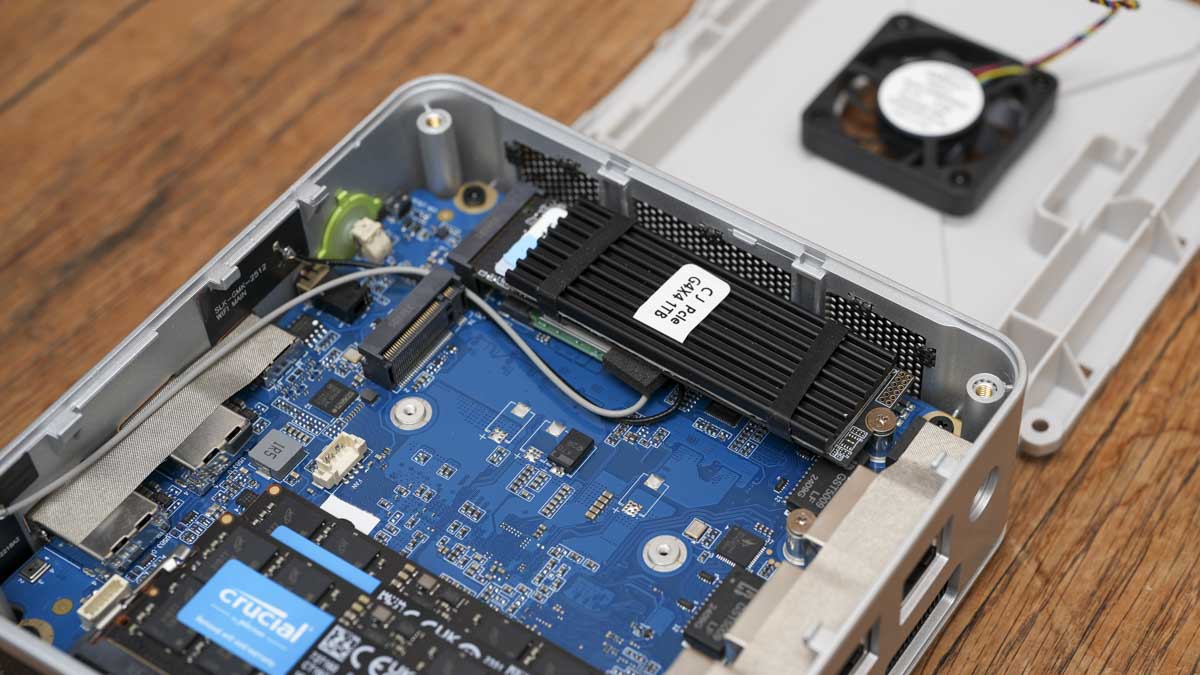
GMKtec NucBox K9: Final verdict
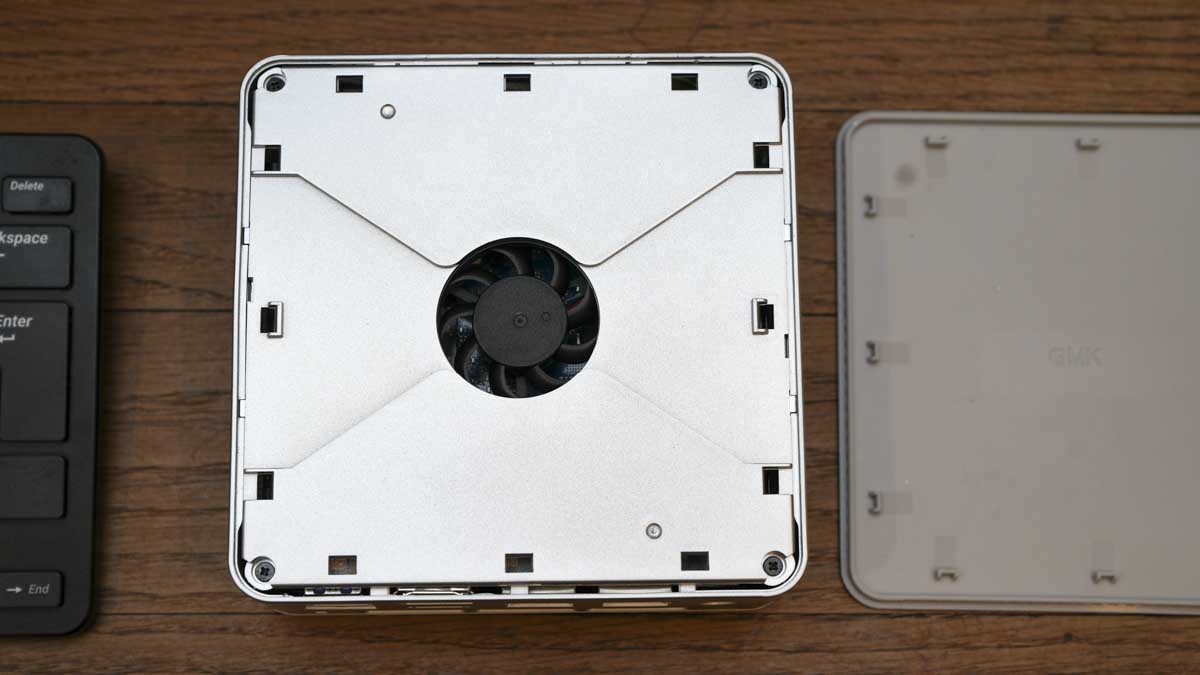
The GMKtec K9 Mini PC is a great machine with plenty of potential. It offers a versatile option if you are looking for a powerful yet compact desktop computer. The K9 features impressive processing power, extensive expandability, and a practical design that make it ideal for a range of applications, from office tasks to creative projects.
However, while this machine is powerful, its gaming performance and plastic build may only satisfy some. Although the plastic build might not feel premium, it still remains robust.
The K9 has many points going for it. At the top of the list are its power and upgradability, which are beyond the scope of much of the competition. Overall, it is a great machine, making it a tough decision between this and the AMD K8 version.


